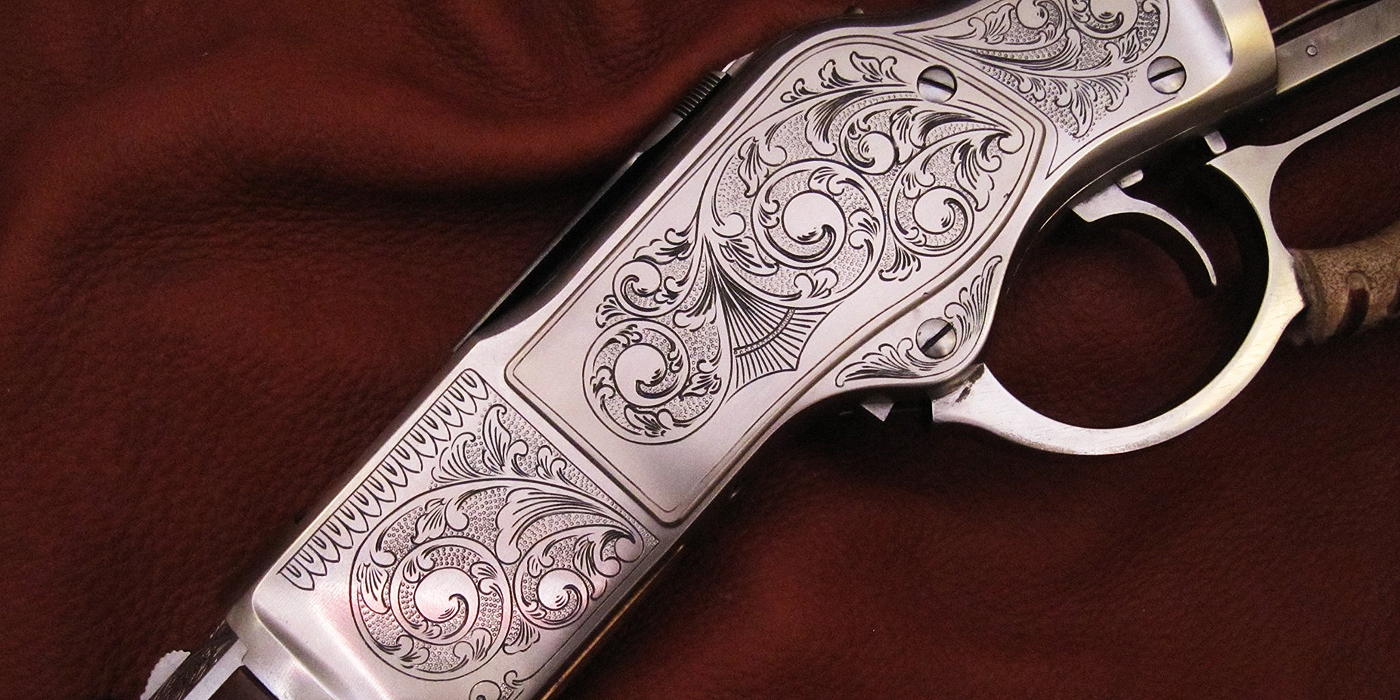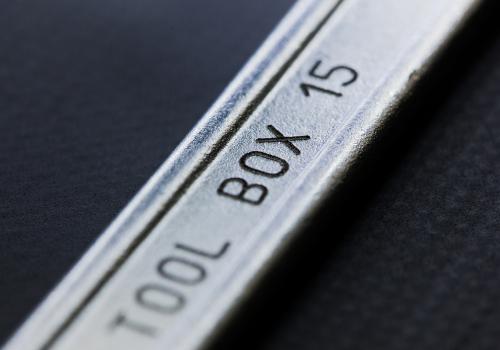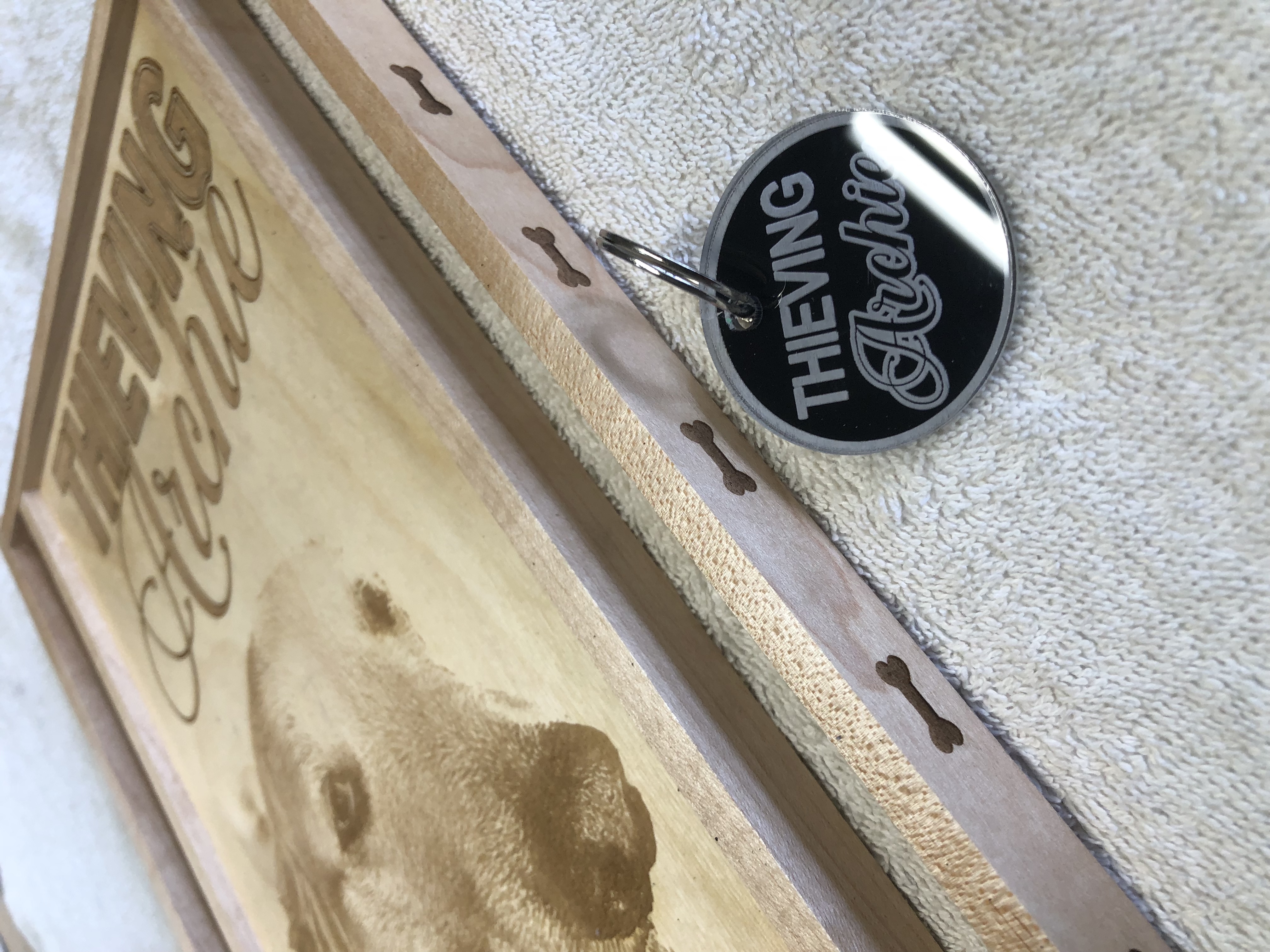

Laser cutting for metals has the advantages over plasma cutting of being more precise and using less energy when cutting sheet metal however, most industrial lasers cannot cut through the greater metal thickness that plasma can. Some materials are also very difficult or impossible to cut by more traditional means. There is also a reduced chance of warping the material that is being cut, as laser systems have a small heat-affected zone. Precision may be better, since the laser beam does not wear during the process. Īdvantages of laser cutting over mechanical cutting include easier workholding and reduced contamination of workpiece (since there is no cutting edge which can become contaminated by the material or contaminate the material). For sheet metal cutting, the focal length is usually 1.5–3 inches (38–76 mm). In order to achieve the smoothest possible finish during contour cutting, the direction of beam polarization must be rotated as it goes around the periphery of a contoured workpiece. This beam is normally focused and intensified by a lens or a mirror to a very small spot of about 0.001 inches (0.025 mm) to create a very intense laser beam. The parallel rays of coherent light from the laser source often fall in the range between 0.06–0.08 inches (1.5–2.0 mm) in diameter.

Piercing usually involves a high-power pulsed laser beam which slowly makes a hole in the material, taking around 5–15 seconds for 0.5-inch-thick (13 mm) stainless steel, for example. In order to be able to start cutting from somewhere other than the edge, a pierce is done before every cut. Depending upon material thickness, kerf widths as small as 0.004 inches (0.10 mm) are possible. The narrowest part of the focused beam is generally less than 0.0125 inches (0.32 mm) in diameter.


Mirrors or fiber optics are typically used to direct the coherent light to a lens, which focuses the light at the work zone. As the lasing material is stimulated, the beam is reflected internally by means of a partial mirror, until it achieves sufficient energy to escape as a stream of monochromatic coherent light. Generation of the laser beam involves stimulating a lasing material by electrical discharges or lamps within a closed container. Industrial laser cutting of steel with cutting instructions programmed through the CNC interface


 0 kommentar(er)
0 kommentar(er)
